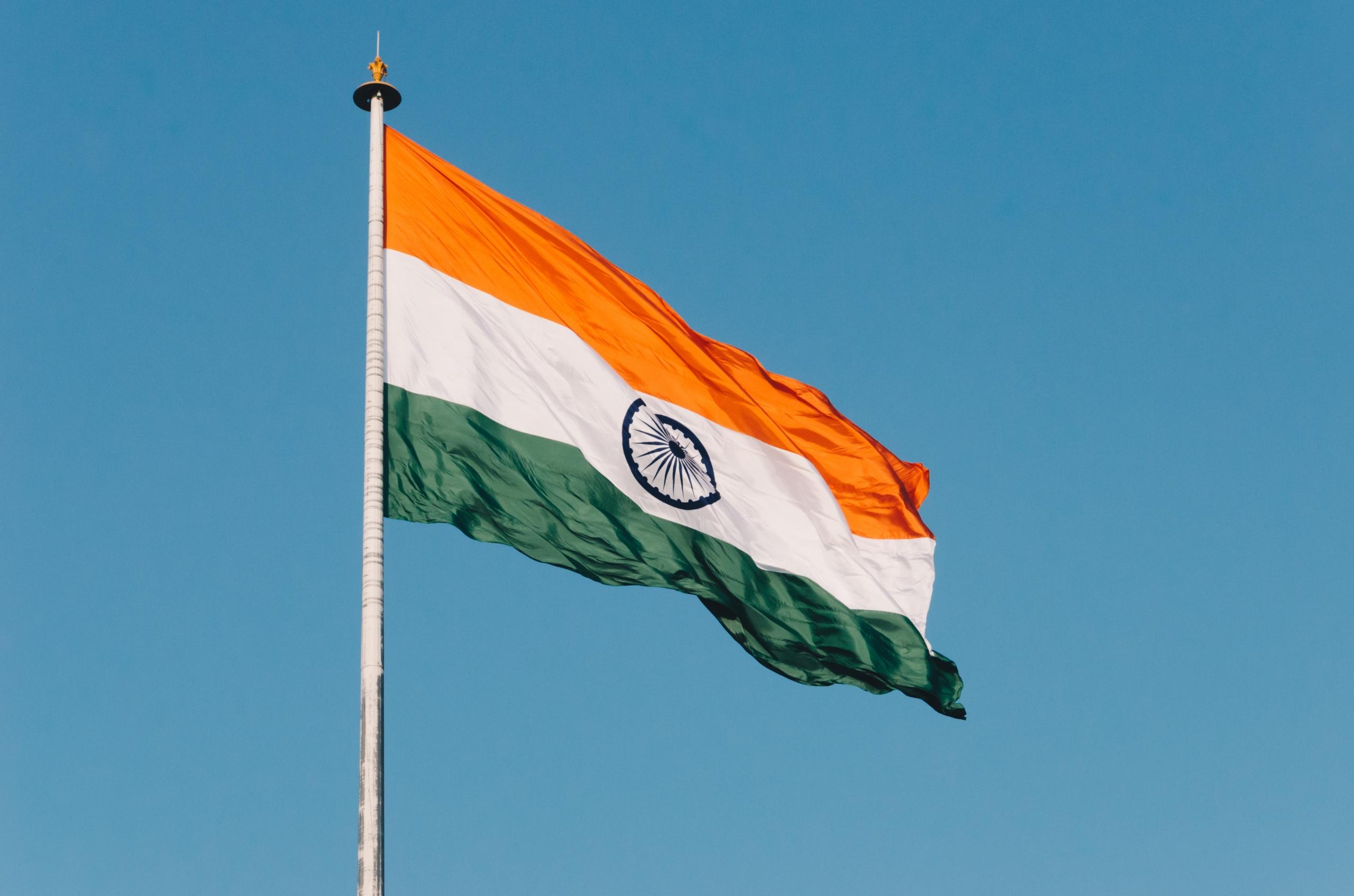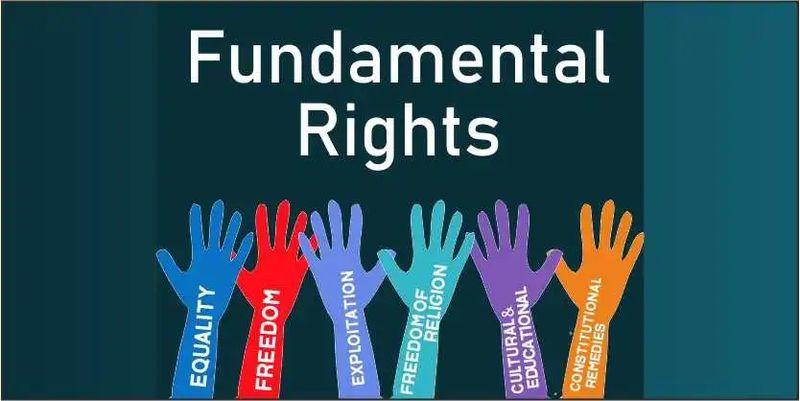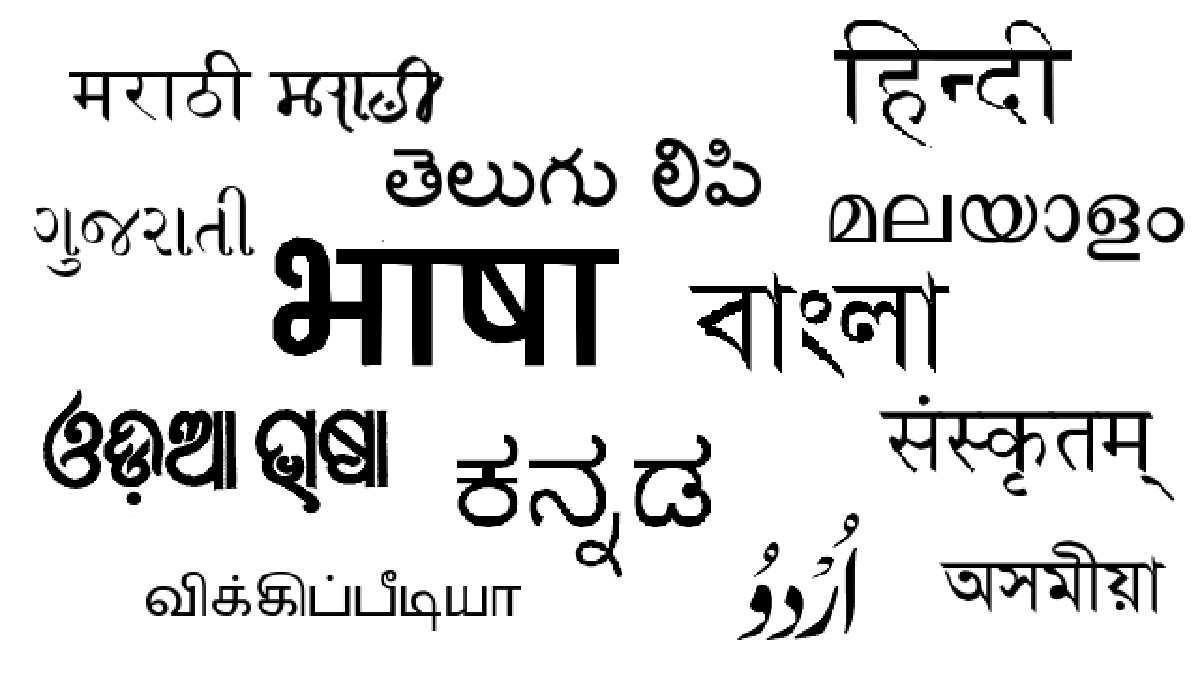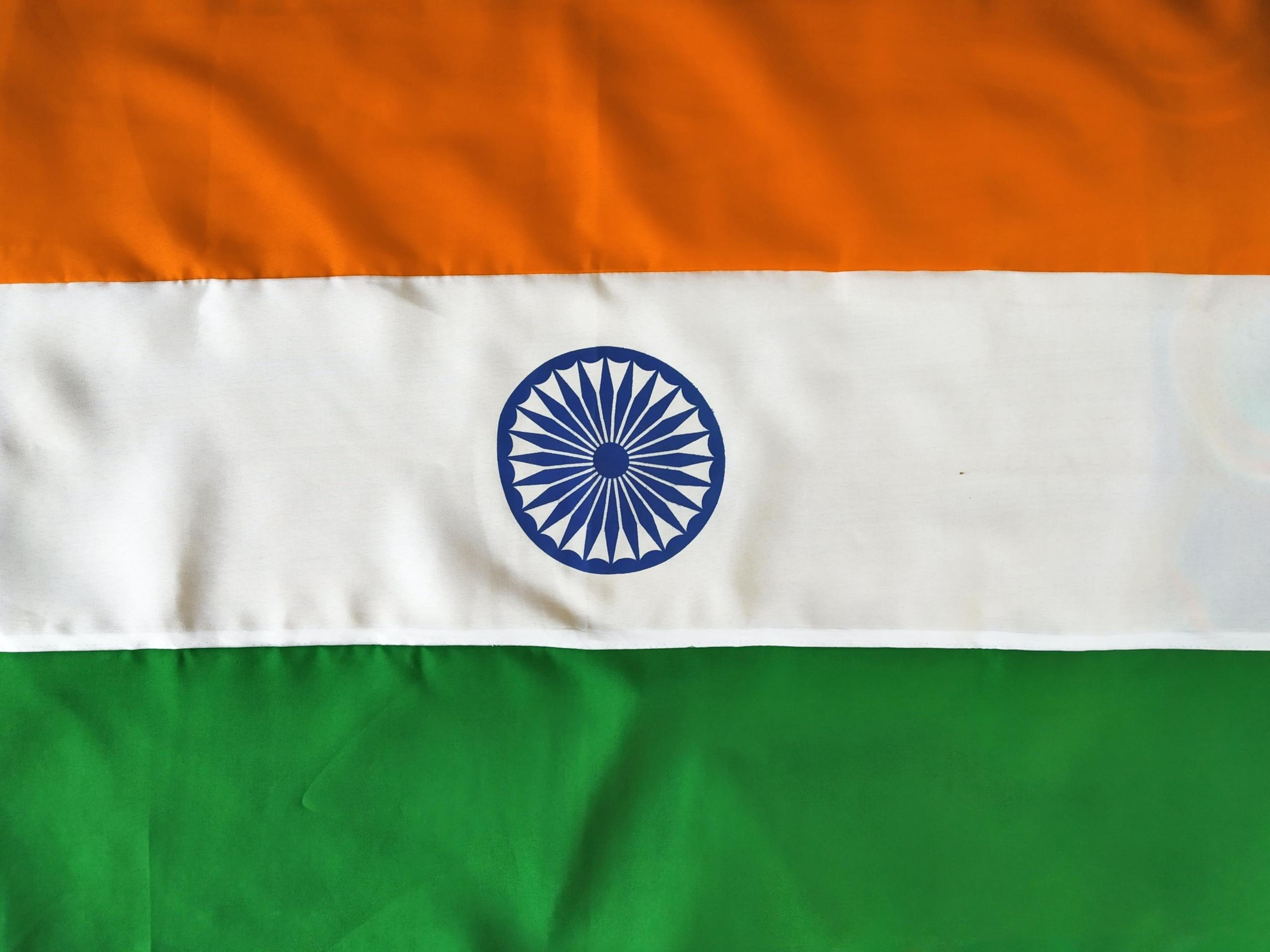The Constitution of India begins with a short statement of its basic values. It contains the philosophy on which our constitution has been built. It provides a standard two exam and evaluates any law and action of the government to determine whether it is good or bad; it can be said that the preamble is the soul of the Indian constitution. India is the largest democracy in the world, and the Constitution of India came into effect on 26 January 1950.
A constitution is a set of rules and regulations through which a country is governed.
The Indian constitution has 448 articles, 25 parts, 12 schedules, and 104 amendments. The different parts of the Indian Constitution have various articles that discuss the sections of various constitutional bodies, fundamental rights of citizens, legislatures, executive, and other government branches, as well as the different schedules.
November 26 is celebrated as Constitution Day. Find out here why we must honor and celebrate our Constitution and how we can do so on this auspicious day.

Articles of the Indian Constitution Every Citizen Must Know
- Article 15: Prohibition of discrimination on grounds of religion, race, caste, sex, or place of birth.
- Article 19: Protection of certain rights regarding freedom of speech, assembly, association, movement, residence, and profession.
- Article 21: Protection of life and personal liberty; no person shall be deprived of his life or personal liberty except according to the procedure established by law.
- Article 32: Right to Constitutional Remedies; individuals have the right to move to the Supreme Court for the enforcement of fundamental rights.
- Article 44: Uniform Civil Code; the state shall endeavor to secure for citizens a uniform civil code throughout the territory of India.
- Article 370: Special status to the state of Jammu and Kashmir, granting it autonomy in certain matters.
- Article 370 (repealed): The special status of Jammu and Kashmir was revoked in August 2019, and it was reorganized into two union territories - Jammu and Kashmir, and Ladakh.
- Article 370 (repealed): Special provisions for the application of laws in Jammu and Kashmir.
- Article 226: Power of High Courts to issue writs for the enforcement of fundamental rights and other purposes.
- Article 243A: Establishment of Panchayats and their powers and functions.
- Article 243B: Constitution of Municipalities and their powers and functions.
- Article 324: Superintendence, direction, and control of elections to be vested in an Election Commission.
- Article 356: Provision for the imposition of President's Rule in a state in case of constitutional breakdown.
- Article 370 (repealed): Establishment of the Governor of Jammu and Kashmir as the head of the state.
- Article 243ZD: Provisions for the formation of the Finance Commission to recommend the distribution of revenues between the Union and the States.
It is essential for every citizen of India to be aware of these and other significant articles of the Indian Constitution to understand their rights and duties as well as the functioning of the country's governance system. These articles form the backbone of the Indian Constitution and lay the foundation for its democratic principles and values.
For instance, Article 51A Fundamental Duties defines the fundamental duties of every Indian citizen and how they must respect and follow them.
Parts of the Constitution of India
The original text of the Indian Constitution, composed by Dr. B.R. Ambedkar and the Drafting Committee, consisted of 22 parts; after amendments, it currently contains 25. The 25 parts of the Indian Constitution are:
| Parts and Subject | Articles |
|---|---|
| Part I – The Union and its Territories | 1 – 4 |
| Part II – Citizenship | 5 -11 |
| Part III – Fundamental Rights | 12 – 35 |
| Part IV – Directive Principles of State Policy | 36 – 51 |
| Part IV A – Fundamental Duties | 51A |
| Part V – The Union | 52 – 151 |
| Part VI – The States | 152 – 237 |
| Part VII – The States in Part B of the First Schedule | 238 [Repealed] |
| Part VIII – The Union Territories | 239 – 242 |
| Part IX – The Panchayats | 243 – 243O |
| Part IXA – The Municipalities | 243P – 243ZG |
| Part IXB – The Co-operative Societies | 243ZH – 243ZT |
| Part X – The Scheduled and Tribal Areas | 244 – 244A |
| Part XI – Relation between the Union and the States | 245 – 263 |
| Part XII – Finance, Property, Contracts, and Suits | 264 – 300A |
| Part XIII – Trade, Commerce, and Intercourse within the territory of India | 301 – 307 |
| Part XIV – Services Under the Union and the States | 308 – 323 |
| Part XIVA – Tribunals | 323A – 323B |
| Part XV – Elections | 324 – 329A |
| Part XVI – Special provisions relating to certain classes | 330 – 342 |
| Part XVII – Official language | 343 – 351 |
| Part XVIII – Emergency Provisions | 352 – 360 |
| Part XIX – Miscellaneous | 361 – 367 |
| Part XX – Amendment of the Constitution | 368 |
| Part XXI – Temporary, Transitional, and Special Provisions | 369 – 392 |
| Part XXII – Short Title, Commencement, Authoritative Text in Hindi and Repeals | 393 – 395 |
Articles of the Indian Constitution for UPSC
Part 1: Article 1 – Article 4
- Article 1 –Name of the union and its territories
- Article 2 –Acceptance and creation of the new state
- Article 3 – New state creation, as well as changes to the names, boundaries, and territories of existing states
Part 2: Article 5 – Article 11
- Article 5 –Citizenship at the time the Constitution first came into effect
- Article 6 –An individual’s citizenship rights after coming to India from Pakistan
- Article 10 –Maintenance of citizenship rights
- Article 11 –The right to citizenship will be governed by law by Parliament.
Part 3: Article 12 – Article 35
- Article 12 –The state’s definition
- Article 13 –Laws that violate or interfere with fundamental rights
Important Fundamental Rights of India
The Indian Constitution originally outlined seven fundamental rights, but only six remain. The 44th Amendment Act of 1978 repealed the Right to Property U/A 31. Part XII of the Constitution was amended to create the legal right U/A 300-A.
Right to Freedom: Article 19 to Article 22
- Article 19 –Guarantees Indian citizens their six basic rights.
- Freedom of speech and expression
- The right to assemble peacefully and without weapons
- Freedom to organize into unions or groups
- The right to unrestricted movement throughout India’s borders
- The freedom to live and establish oneself anywhere on Indian territory Omitted
- The right to practice any profession and the freedom to engage in any occupation, trade, or business
- Article 20 –Protection in respect of conviction for offenses
- Article 21 –Protection of life and personal liberty
- Article 22 –Protection against arrest and detention in certain cases
Right against Exploitation: Article 23 to Article 24
- Article 23 –Forced labor and human trafficking are prohibited
- Article 24 –Prohibiting the use of young people (under 14) in factories and mines
Right to Exploitation: Article 25 to Article 28
- Article 25 –Conscience, religious expression, and practice are permitted without any restriction.
- Article 26 –The ability to control religious issues
- Article 27 –Freedom from paying taxes to support a specific faith
- Article 28 –Freedom from having to go to religious school

Cultural and Educational Rights: Article 29 to Article 30
- Article 29 –Protection of minorities’ interests
- Article 30 –Minorities have the right to create and run educational institutions.
Right to Constitutional Remedies: Article 32
- Article 32 –Minorities can establish and manage educational institutions.
Part 6: Directive Principal of States Policy: Article 36 – 51
Article 36 – Definition
Article 37 – Application of DPSP
Article 39A – Free legal representation and equal justice
Article 40 – Forming a village panchayat
Article 41 – Right to employment, education, and, in some circumstances, public support
Article 43 – Living Wages, etc. for Workers
Article 43A – Participation of workers in the management of industries
Article 44 – Uniform civil code ( applicable in Goa only)
Article 45 – Provision for free and compulsory education for children
Article 46 – Promotion of educational and economic interest of scheduled castes, ST, and OBC
Article 47 – Duty of the state to raise the level of nutrition and the standard of living and to improve public health
Article 48 – Deals with agriculture and animal husbandry
Article 49 – Protection of monuments, places, and objects of natural importance
Article 50 – Separation of judiciary from the executive
Article 51 – Promotion of international peace and security
Part 6: Union: Article 52 – 151
Article 52 –The President of India
Article 53 –Executive Power of the union
Article 54 –Election of President
Article 61 –Procedure for Impeachment of the President
Article 63 –The Vice-president of India
Article 64 –The Vice-President to be ex-officio chairman of the council of States
Article 66 –Election of Vice-president
Article 72 –Pardoning powers of President
Article 74 –Council of ministers to aid and advise President
Article 76 –Attorney-General for India
Article 79 –Constitution of Parliament
Article 80 –Composition of Rajya Sabha
Article 81 –Composition of Lok Sabha
Article 83 –Duration of Houses of Parliament
Article 93 –The speakers and Deputy speakers of the house of the people
Article 105 –Powers, Privileges, etc. of the House of Parliament
Article 109 –Special procedure for money bills
Article 110 –Definition of “Money Bills”
Article 112 –Annual Financial Budget
Article 114 –Appropriation Bills
Article 123 –Powers of the President to promulgate Ordinances during recess of parliament
Article 124 – Establishment of Supreme Court
Article 125 – Salaries of Judges
Article 126 –Appointment of acting Chief justice
Article 127 –Appointment of ad-hoc judges
Article 128 –Attendance of retired judge at sitting of the Supreme Court
Article 129 –Supreme Court to be a court of Record
Article 130 –Seat of the Supreme Court
Article 136 –Special leaves for an appeal to the Supreme Court
Article 137 –Review of judgment or orders by the Supreme Court
Article 141 –Decision of the Supreme Court binding on all the courts
Article 148 –Comptroller and Auditor-General of India
Article 149 –Duties and Powers of CAG
Part 6: States: Article 152 – 237
Article 153 –Governors of State
Article 154 – Executive Powers of Governor
Article 161 –Pardoning powers of the Governor
Article 165 –Advocate-General of the State
Article 213 –Power of Governor to promulgate ordinances
Article 214 – High Courts for states
Article 215 –High Courts to be a court of record
Article 226 –Power of High Courts to issue certain writs
Article 233 –Appointment of District judges
Article 235 –Control over Subordinate Courts
Part 7 Repealed: Article 238
Part 8 Union Territories: Article 239 – 242Part 9
Panchayats: Article 243 – 243O
- Article 243A – Gram Sabha
- Article 243B – Constitution of Panchayats
Part 9A Municipalities: Article 243P – 243ZG
Part 9B Co-operative Societies: Article 243ZH – 243ZT
Part 10 Scheduled and Tribal Areas: Article 244
Part 11 Center- State Relations: Article 245 – 263
Part 12: Finance, Property, Contracts, and Suits: Article 264 – 300A
- Article 266 – Consolidated Fund and Public Accounts Fund
- Article 267 –Contingency Fund of India
- Article 280 –Finance Commission
- Article 300-A –Right to property
Part 13: Trade, Commerce, and Intercourse within the Territories of India: Article 301 – 307
- Article 301 – Freedom to trade, commerce, and intercourse.
- Article 302 –Power of Parliament to impose restrictions on trade, commerce, and intercourse.
Part 14: Services Under Center and State: Article 308 – 323
- Article 312 –All- India-Service.
- Article 315 –Public service commissions for the union and the states
- Article 320 –Functions of Public Service Commission.
Part 14A: Tribunals: Article 323A – 323B
- Article 323A –Administrative Tribunals
Part 15: Elections: Article 324 – 329
- Article 324 –Superintendence, direction, and control of Elections to be vested in an Election Commission.
- Article 325 –No person is to be ineligible for inclusion in or to claim to be included in a special electoral roll on grounds of religion, race, caste, or sex.
- Article 326 –Elections to the people's house and to the legislative assemblies of states to be based on adult suffrage.
Part 16: Special Provisions to SC, ST, OBC, Minorities, etc.: Article 330 – 342
- Article 338 –National Commission for the SC & ST
- Article 340 –Appointment of a commission to investigate the conditions of backward classes.
Part 17: Official Language: Article 343 – 351
- Article 343 –Official languages of the Union.
- Article 345 –Official languages or languages of states.
- Article 348 –Languages to be used in the Supreme Court and the High Courts.
- Article 351 –Directive for development of the Hindi languages.

Part 18: Emergency: Article 352 – 360
- Article 352 –Proclamation of emergency (National Emergency).
- Article 356 –State Emergency (President’s Rule)
- Article 360 –Financial Emergency
Part 19: Miscellaneous: Article 361 – 367
- Article 361-Protection of President and Governors
Part 20: Amendment of Constitution: Article 368
- Article 368 –Powers of Parliaments to amend the constitution
Part 21: Special, Transitional, and Temporary Provisions: Article 369 – 392
- Article 370 –Special provision of J&K.
- Article 371A –Special provision for the State of Nagaland
- Article 371-J –Special Status for Hyderabad-Karnataka region
Part 22: Short Text, Commencement, Authoritative Text in Hindi and Repeals: Article 392 – 395
- Article 393 – Short title – This Constitution may be called the Constitution of India.
The first Article of the Constitution of India states that “India, that is Bharat, shall be a Union of States,” implying India and Bharat are equally the two official names for our nation. India has an official name in the 22 official languages recognized in the Constitution. The English name is India, and the Hindi name is Bharat. Most other languages have a variation of Bharat except Tamil, where the official name is Indhiya. The long-form name adds the words 'Republic of' in English, Ganarajya in Hindi, and Jumhuriyat in Kashmiri and Urdu.

Remember Articles in Indian Constitution Through Mnemonics
PARI
P - Article 15: Prohibition of discrimination on grounds of religion, race, caste, sex, or place of birth.
A - Article 21A: Right to education.
R - Article 32: Remedies for enforcement of fundamental rights.
I - Article 44: Uniform Civil Code
FOET
F is for Article 15: Prohibits discrimination on grounds of religion, race, caste, sex, or place of birth.
O is for Article 19: Protects the fundamental rights to freedom of speech and expression.
E is for Article 32: Provides the right to Constitutional Remedies, allowing citizens to seek enforcement of their fundamental rights.
T is for Article 44: Promotes a Uniform Civil Code for all citizens.
UPSC Questions Related To Articles of the Indian Constitution
Explain the significance of Article 370 in the Indian Constitution. How has it been a subject of debate and reform in recent years?
Answer: Article 370 granted special autonomous status to the state of Jammu and Kashmir. It allowed the state to have its own constitution, a separate flag, and considerable autonomy over its affairs. The provision was a temporary one, but it remained in force for several decades. In 2019, the government abrogated Article 370, which led to the reorganization of Jammu and Kashmir into two union territories. This move was subject to debate and sparked discussions on issues related to federalism, integration, and special provisions in the Indian Constitution.
Article 21 of the Indian Constitution is often called the heart and soul of the Constitution. Discuss the importance of this article in the context of fundamental rights and individual liberty.
Answer: Article 21 states that "No person shall be deprived of his life or personal liberty except according to the procedure established by law." This article is considered the heart and soul of the Constitution because it ensures the protection of the fundamental right to life and personal liberty. It has been interpreted broadly by the judiciary to include not only physical existence but also the right to live with dignity. The significance of Article 21 lies in its role as a safeguard against arbitrary state actions, making it a cornerstone of individual rights and the rule of law.
What is the purpose of Article 356 of the Indian Constitution, which deals with President's Rule in states?
Answer: Article 356 empowers the President to impose President's Rule in a state when the constitutional machinery in the state breaks down. It is used when there's a failure of the state government to function as per the Constitution. While the provision is intended to be a last resort, it has been invoked several times in the history of India.












